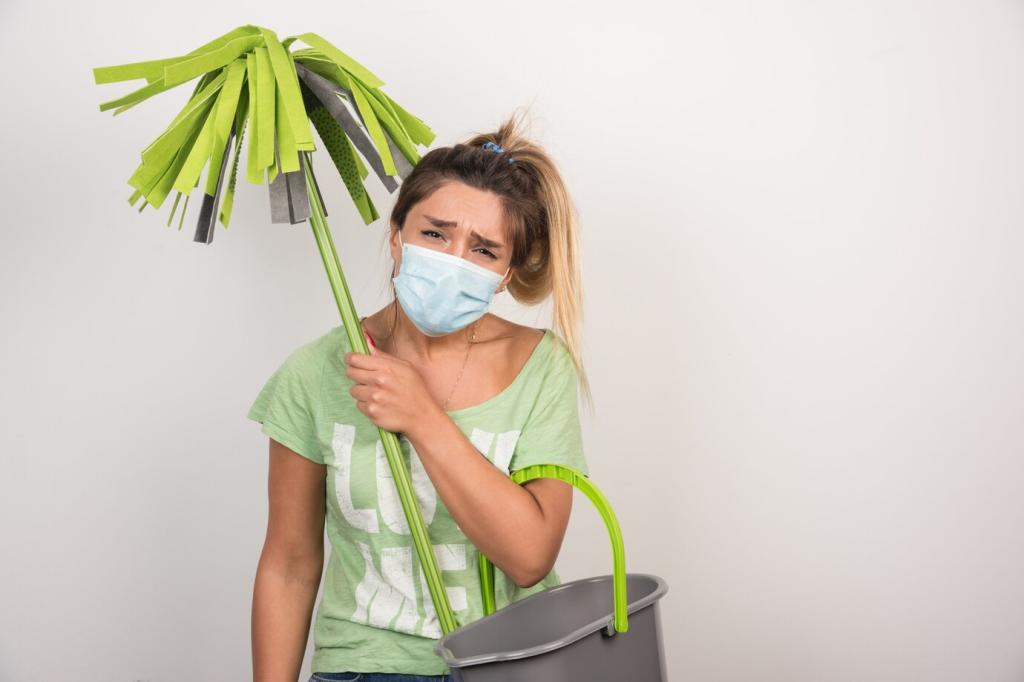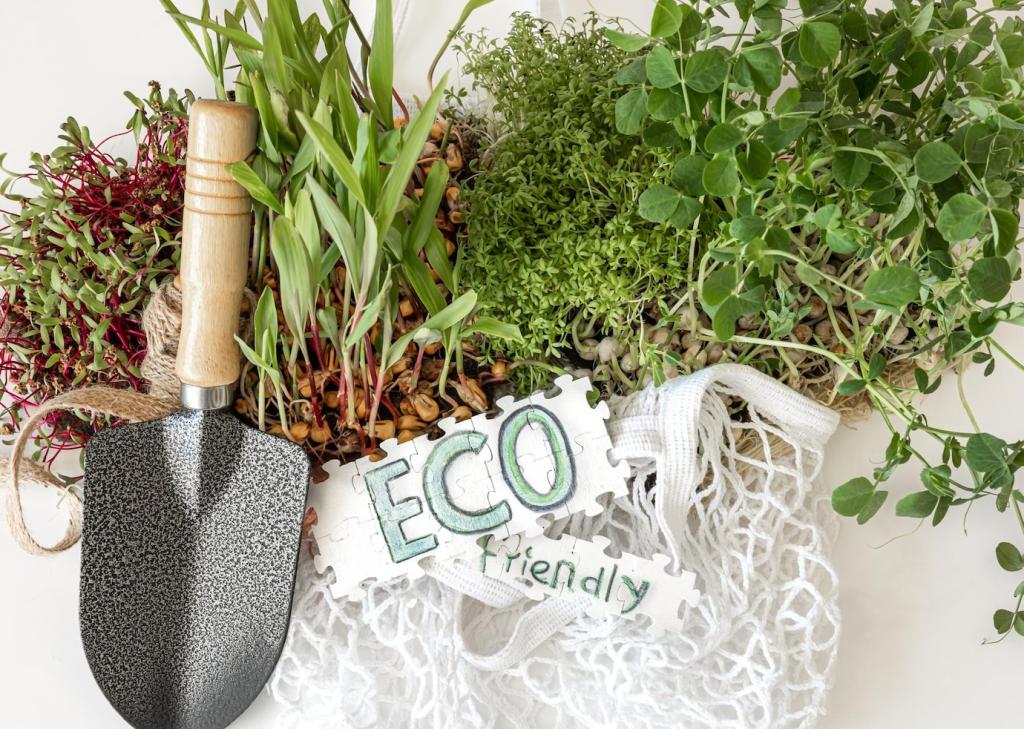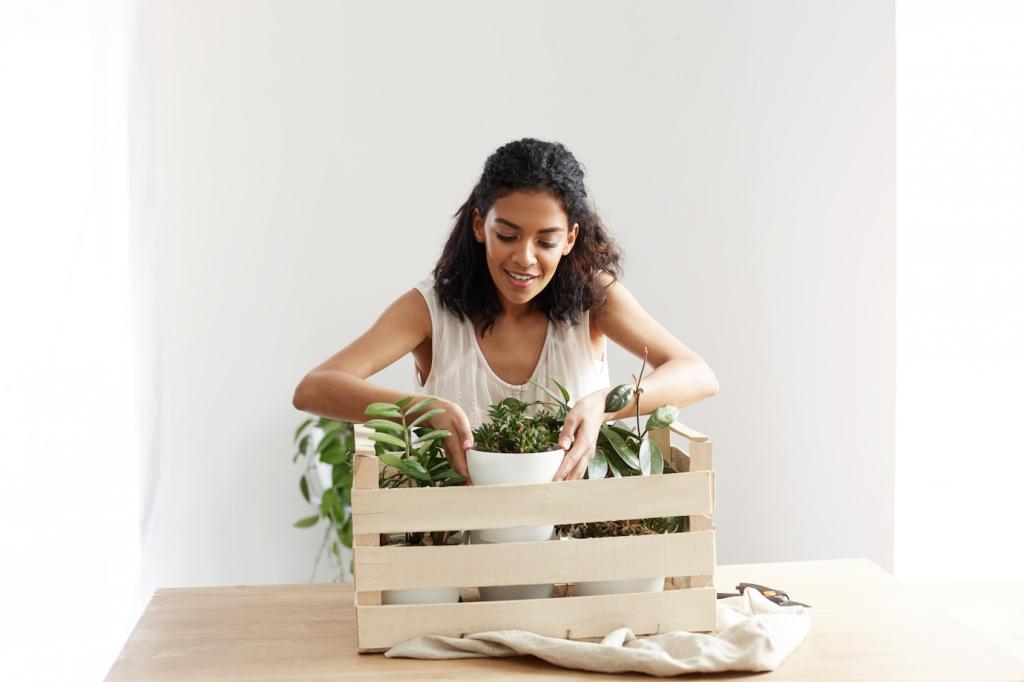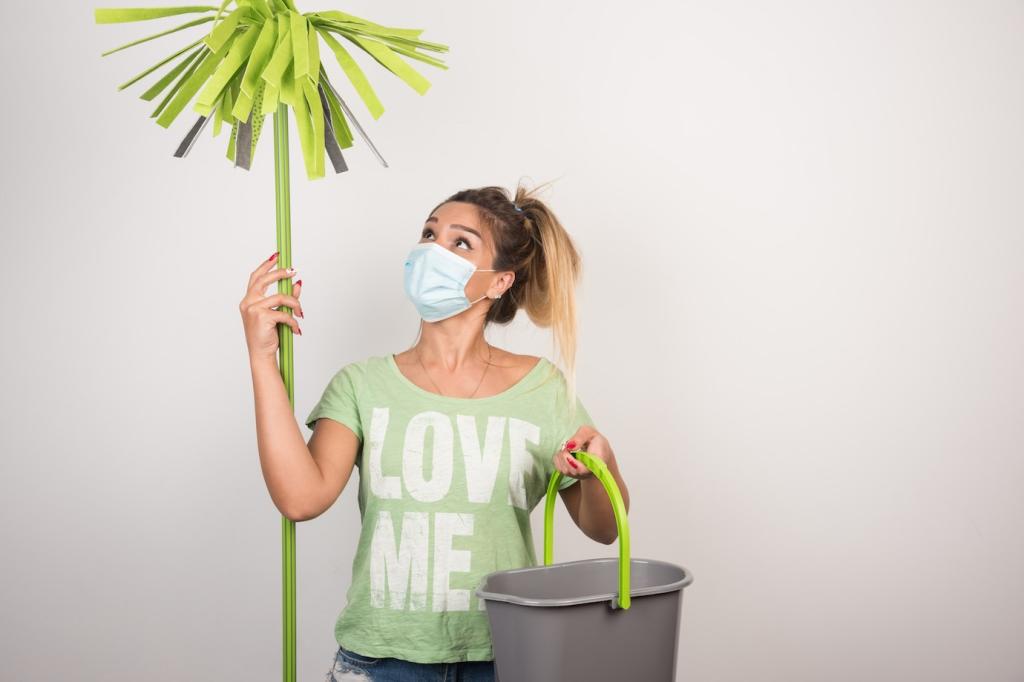
Eco-friendly Homemade Furniture Polish Recipes: Shine Naturally
Today’s chosen theme: Eco-friendly Homemade Furniture Polish Recipes. Learn to mix safe, effective polishes that honor your wood, your home, and the planet—while inviting you to experiment, share feedback, and subscribe for more natural care ideas.
Why Eco-friendly Homemade Furniture Polish Recipes Matter
What “eco-friendly” really means for wood care
Eco-friendly polishes avoid petro-heavy silicones, harsh aerosols, and unnecessary dyes. They prioritize biodegradable ingredients, low VOCs, minimal packaging, and reusable containers. Your furniture, lungs, and waterways benefit when you choose gentler, smarter recipes.
Finish types and how they affect your polish choice
Varnish, polyurethane, and catalyzed finishes can handle light water-based sprays. Shellac and waxed finishes prefer oil-and-wax blends. Always tailor your recipe to the finish, and keep acids away from delicate or porous surfaces to avoid dulling.
Patch testing: the 60-second habit that saves finishes
Dab a tiny amount on a hidden spot, wait, and buff. Look for clouding, tackiness, or color shifts. One minute of testing can protect heirloom pieces, reduce stress, and build confidence as you refine your favorite homemade polish recipe.
Core Ingredients and How They Work
Jojoba oil resists rancidity because it’s a liquid wax, making it wonderfully stable. Fractionated coconut oil stays fluid and clear. Tung oil polymerizes into a tougher film if left to cure properly. Olive oil conditions well, but store blends cool.
Core Ingredients and How They Work
Beeswax adds warm luster and a buttery feel. Carnauba wax, derived from palm leaves, boosts hardness and abrasion resistance. For vegan swaps, candelilla wax offers firm structure. Blending waxes lets you fine-tune glide, gloss, and durability.



Recipe: Quick Spray Polish for Sealed Finishes
Combine 3 parts distilled water, 1 part white vinegar, and 1 part alcohol-free witch hazel. Add 1 teaspoon jojoba oil per cup to help glide. Optional: one drop lemon essential oil per cup for scent. Shake before each use to re-emulsify.
Recipe: Citrus Cabinet Degreaser and Shine
Infuse peels, extract power
Pack a jar with clean orange or lemon peels, cover with white vinegar, and steep two weeks. Strain and dilute 1:1 with distilled water. The infusion captures d-limonene, nature’s effective degreaser. Compost peels afterward for a zero-waste loop.
Degrease without stripping varnish
Spray onto a cloth and test first. For stubborn spots, hold the damp cloth in place for ten seconds, then wipe. Follow with a dry buff. Finish with a whisper of wax polish on handles and edges where hands repeatedly touch and grime builds.
Kitchen-safe scent, pet-aware choices
Keep essential oils minimal—strong doses are unnecessary and may bother pets. The peel infusion already smells bright. Invite readers to share their favorite citrus varieties and steep times, comparing aroma strength, clarity, and cleaning punch.

Tools, Techniques, and Sustainable Habits
Choose tightly woven microfiber for cleaning and a soft cotton knit for buffing. Work with the grain to avoid micro-swirls. Keep separate cloths for oily and water-based recipes. Wash without fabric softener to preserve absorption and streak-free shine.


Tools, Techniques, and Sustainable Habits
Small batches stay fresh and prevent waste. Note date, ratios, and wood type on each tin or bottle. Oil-and-wax balms keep several months; water-based sprays last weeks. Invite subscribers to share storage hacks and favorite reusable container choices.
Join our mailing list
